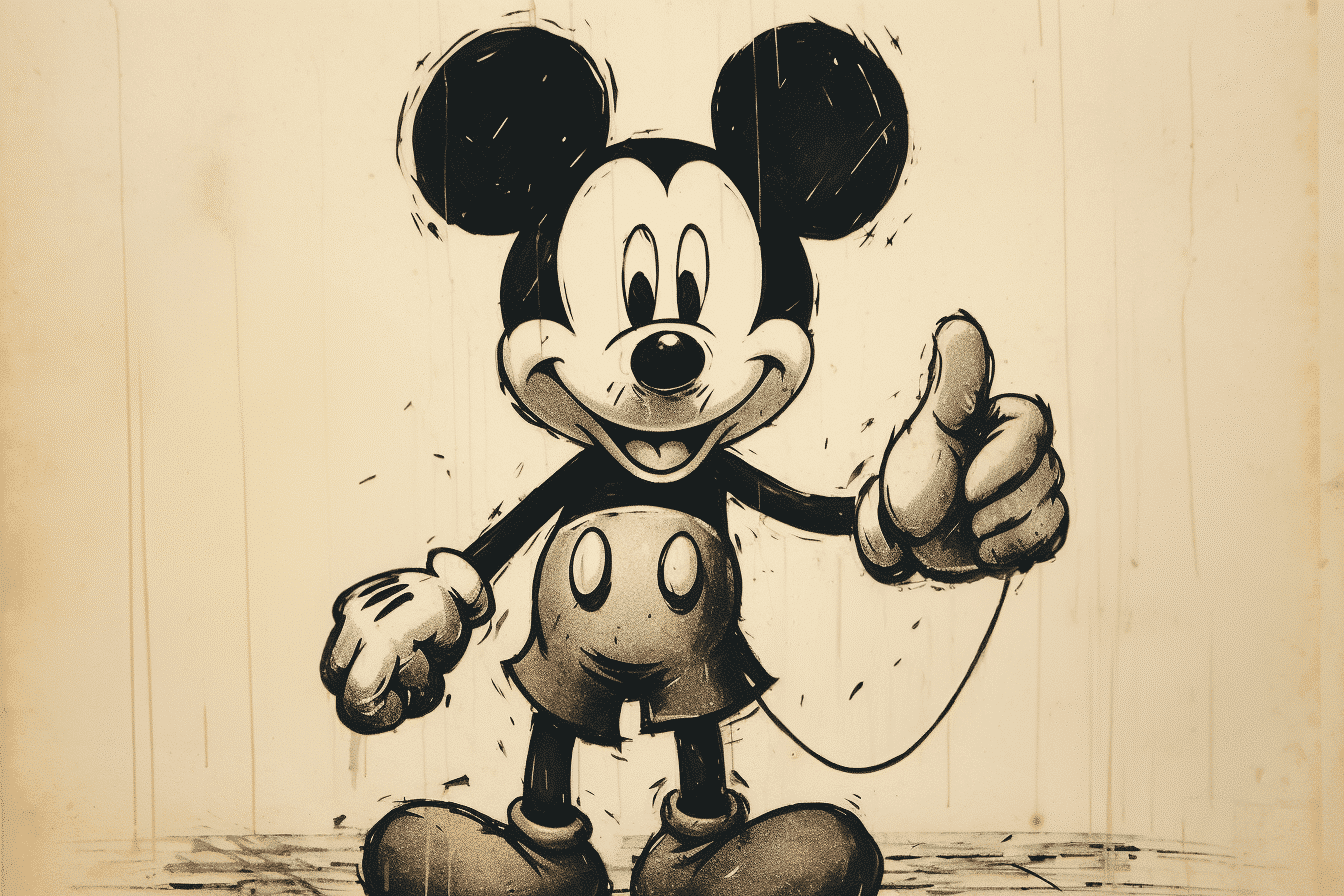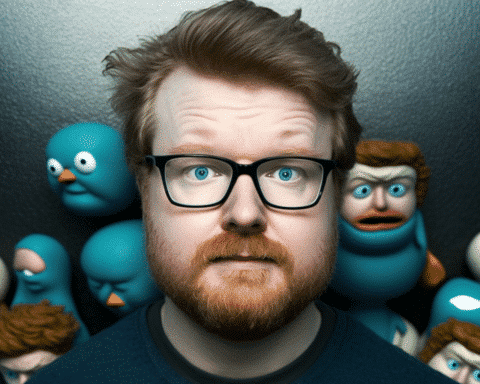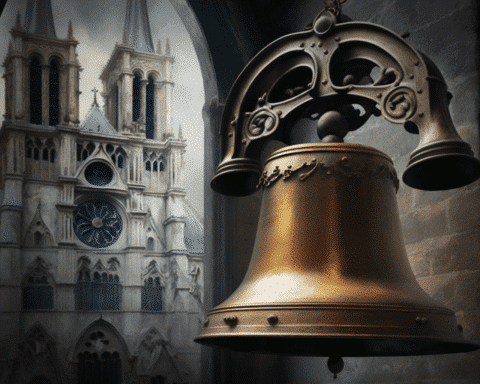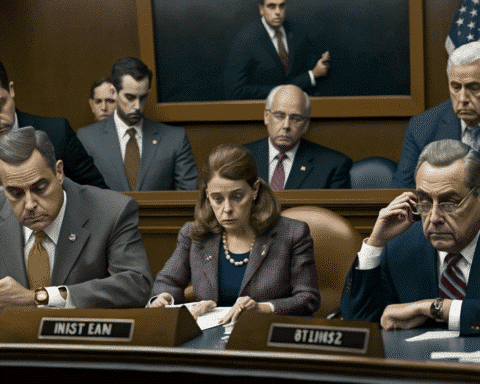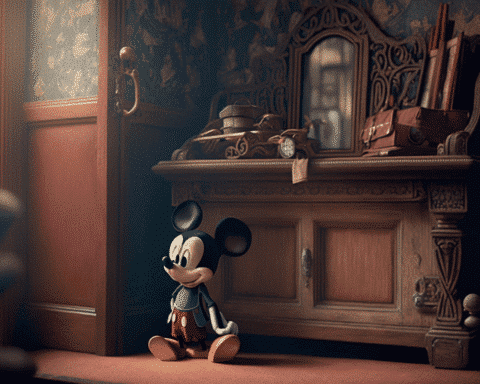As the clock strikes midnight on January 1, 2024, an era will end, and a new chapter will begin for one of the most beloved characters in the world of entertainment. Mickey Mouse, the cheerful rodent who has become synonymous with the Disney brand, is set to enter the public domain after 95 years under the protective wing of Walt Disney Studios. This shift is poised to mark a significant change in the entertainment landscape, as Disney will start to lose its grip on its classic characters.
In 1928, Walt Disney revolutionized the entertainment industry with a concept that would catapult him to become a leading figure in 20th-century cinema and a giant in today’s entertainment franchises. It was his idea to create an animated short with synchronized sound—a formula not entirely new but never before executed with such precision—that would forever change the trajectory of his studio. Ninety-four years later, the original depiction of Mickey Mouse from the iconic “Steamboat Willie” is about to become public property.
“Is Disney going to lose the rights to Mickey Mouse?” This question echoes through the halls of animation studios as Disney strives to retain control. The U.S. copyright laws of 1928 only safeguarded intellectual property for 28 years. To avoid losing its main character in 1956, Disney secured an extension for another 28 years, stretching the protection to 1984. As that deadline approached, they successfully lobbied Congress to amend the law again, granting them a 95-year shield. Yet, that’s the limit; beyond 2024, the original Mickey Mouse will no longer be exclusively theirs.
However, this transition to the public domain applies to the character’s portrayal in “Steamboat Willie.” U.S. copyright laws protect intellectual properties from “consumer confusion”—preventing the public from believing a creation is made by Disney when it is not. The slasher film “Winnie the Pooh: Blood and Honey” serves as a precedent, exploiting the expiration of Winnie the Pooh’s copyright without misleading the audience about its original creator.
Similarly, Disney’s black-and-white version of Mickey Mouse can be reproduced, provided that creators ensure the public does not associate their work with Disney. Erica Allen, an expert copyright attorney, clarified, “Although the copyright for ‘Steamboat Willie’ will become public domain, this should not be seen as a free pass to exploit Mickey Mouse.” She emphasized that Disney’s legal team will fiercely defend the company’s mascot, as evidenced by their latest move: reviving the original Mickey in an upcoming short titled “The Wonderfull World of Mickey Mouse: Steamboat Silly.” This strategy reclaims intellectual property rights over a character drawn similarly to the 1938 Mickey.
As the rights to other Disney characters gradually expire in the coming years, the company will likely employ similar tactics to protect them. We can expect creative renewals of classic shorts featuring these characters as Disney navigates this new legal landscape.
What are the implications of Mickey Mouse’s transition to the public domain? Will it open a floodgate of creativity or prompt a legal battleground as Disney fights to maintain its legacy? Only time will tell.
Mickey Mouse’s impending shift into the public domain symbolizes the evolution of copyright laws and the changing dynamics of cultural ownership. As Disney grapples with this new reality, one cannot help but wonder how the house that Mickey built will reinvent itself and its cherished characters. In the meantime, the world waits with bated breath, curious about the myriad ways Mickey will inspire new generations beyond the gates of Disney.
